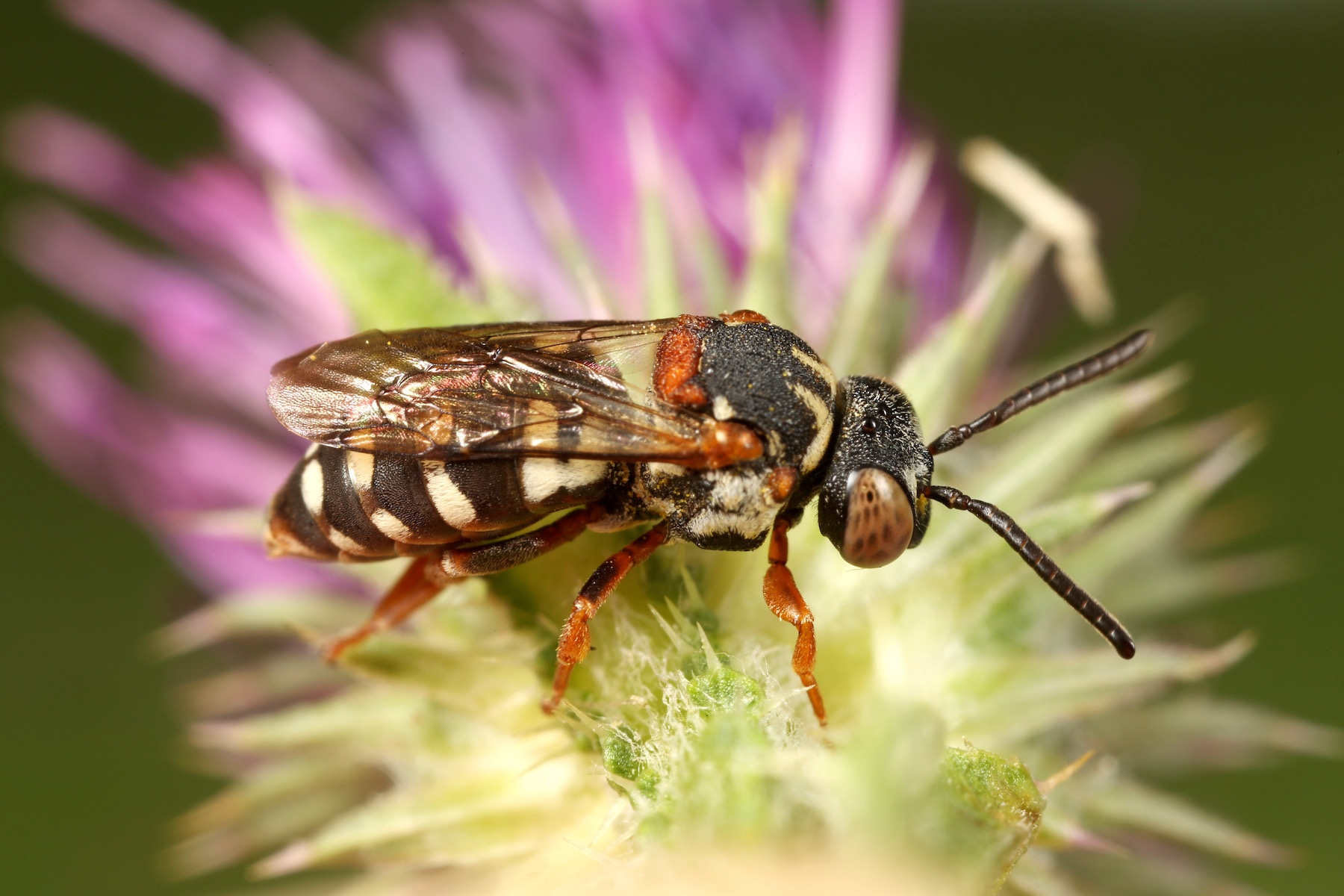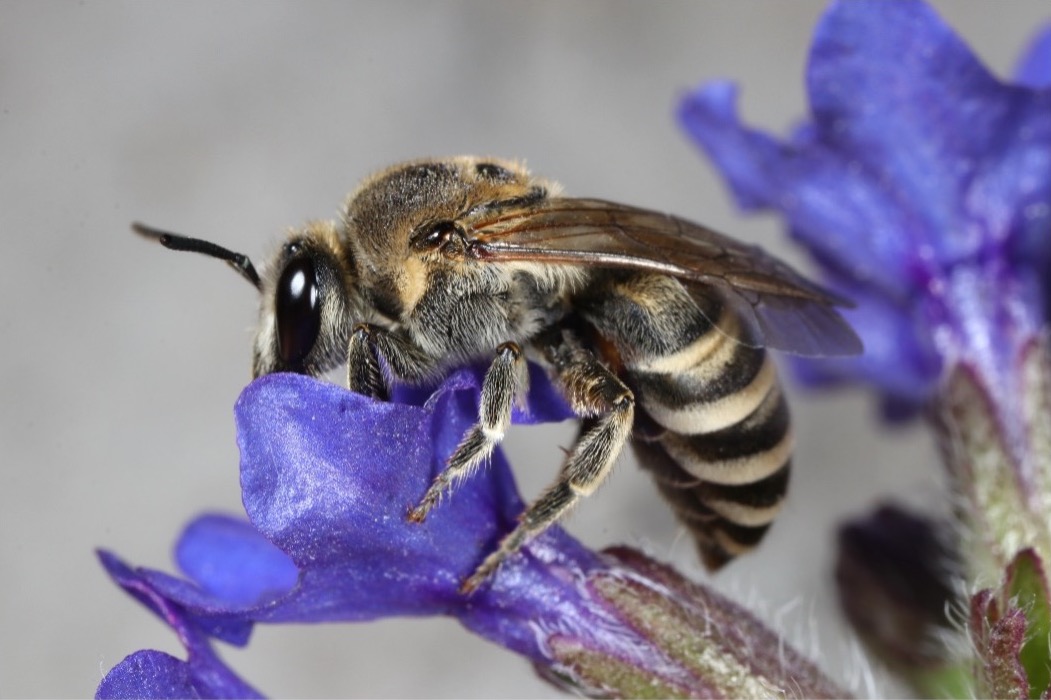
About This Project
The goal of the four-year project (2023-2027), which is funded by the Biodiversity Fund of the Federal Ministry of Climate Action, Environment, Energy, Mobility, Innovation and Technology (BMK), is to establish a Red List of wild bees in Austria according to international standards, the IUCN Red List Criteria. The aim is to identify all bee species that are endangered in Austria.
Red Lists not only shows species loss, but are primarily important instruments for the protection of animals, plants, and habitats. They are used for area assessments in government procedures and for the planning of nature conservation measures.
Wild bees are the most important pollinators of flowers and thus fulfill an indispensable key function in terrestrial ecosystems. About 700 Species are known in Austria. Compared to other Central European countries, Austria has a particularly high diversity of species and thus has a high responsibility for protection, also at the European level.
Essential for assessing trends in the distribution and population development of individual species is the most complete recording of all data from collection specimens. A major effort lies in the professional review of previous species identifications. A central infrastructure is being created for the subsequent data collection.
Contacts



Colletes nasutus

Die Ochsenzungen-Seidenbiene (Colletes nasutus) ist europaweit gefährdet. Im Osten Österreichs gibt es noch wenige Populationen. Die Art ist auf Ruderalstandorte mit reichlichen Beständen der Ochsenzunge (Anchusa) angewiesen, einem Raublattgewächs (Boraginaceae), von dessen Pollen sich die Larven ernähren.